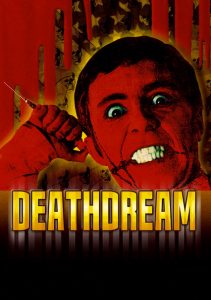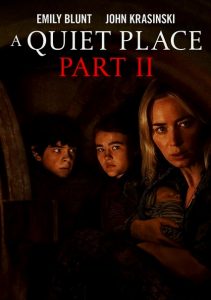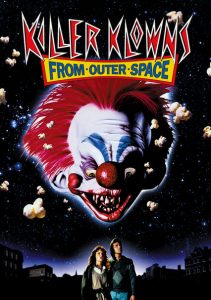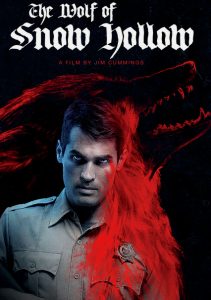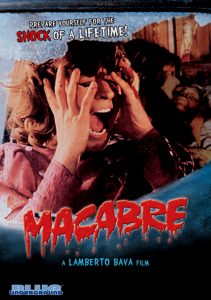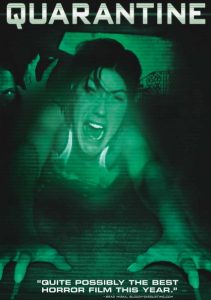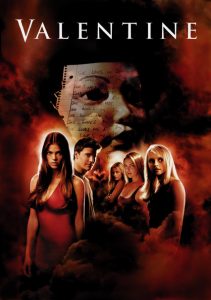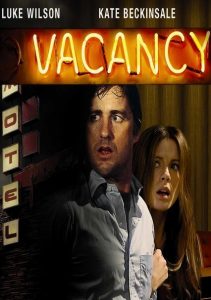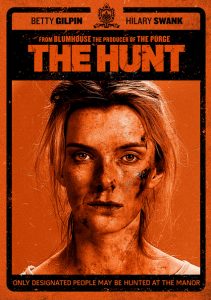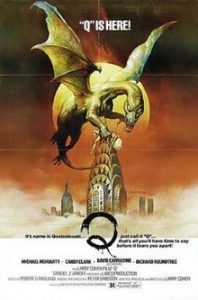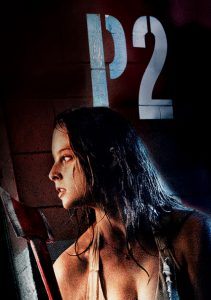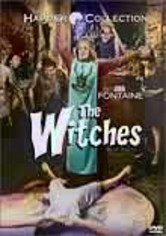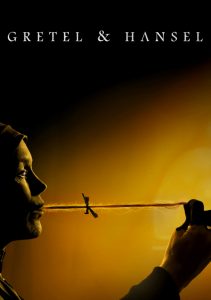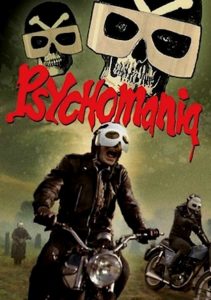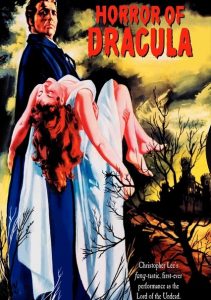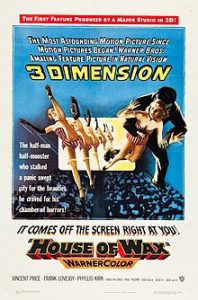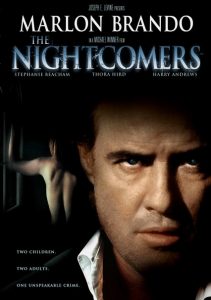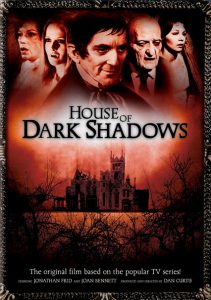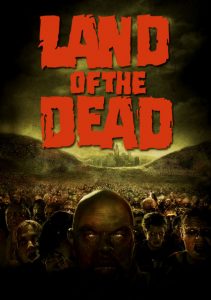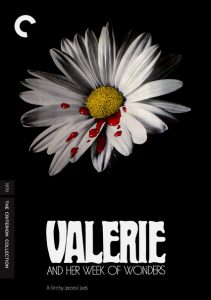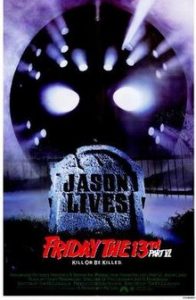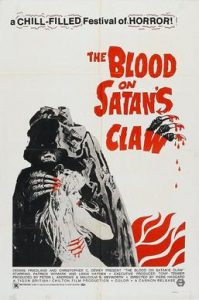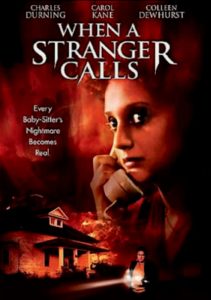Deathdream-1972
Director Bob Clark
Starring Richard Backus, John Marley, Lynn Carlin
Scott’s Review #1,175
Reviewed September 3, 2021
Grade: B+
Deathdream (also known in some circles as Dead of Night) is a 1972 horror offering directed by Bob Clark and written by Alan Ormsby that plays out like a very good science-fiction meets gruesome horror type of The Twilight Zone episode.
This is not to say it’s amateurish though in certain ways it is and mostly just it’s that the dialogue is spotty. Rather, it has the feel of an episodic adventure more than an actual film. This makes perfect sense since it was inspired by the W. W. Jacobs short story “The Monkey’s Paw”.
The film was shot in a town named Brooksville, Florida which is unusual in itself and provides a genuine Southern quality like when the family sits down for a hearty meal.
Usually, horror films stick to Hollywood studio locales or cheaper areas like Canada to film.
Deathdream stars Richard Backus, John Marley, and Lynn Carlin.
The premise immediately intrigues me. A middle-aged married couple, Charles and Christine, (Marley and Carlin) receives the devastating news that their son Andy (Backus) has died in the line of duty during the Vietnam War. They’re overcome with grief, to say the least.
Before the news, Christine seems overly chatty and a bit peculiar while Charles is much older than his wife.
Soon after, Andy, very much alive, hitches a ride with a truck driver whom he then murders. He arrives home and is not the same, seeming to be zombie-like and in a trance, not the same boy who left for Vietnam a year earlier.
As a classic film lover, I was immediately tickled pink by actor John Marley’s appearance onscreen. Associated with Love Story (1970) and The Godfather (1972) with the latter forever etched in my memory as the film director who is made “an offer he can’t refuse” by way of his gorgeous horse Khartoum, it was a treat to see him in a horror film.
I noticed facets of Deathdream that reminded me of one of my favorite horror films, Black Christmas (1974) not realizing that they were both directed by Bob Clark himself. Deathdream serves as the perfect opening act to that most influential horror film.
An organ/synthesizer effect immediately caught my ear with more than a tad of fright. I instantly recognized it as the spooky noise emitting from the Black Christmas musical score. And both use a rocking chair prop with fantastic results. The creaking sound brought chills up and down my spine.
Can you believe this guy also made Porky’s (1981) and A Christmas Story (1983)? Talk about versatility.
It’s clear the film was made on a shoestring budget but proves in a mighty form that, similar to British Hammer horror pictures, creativity can ooze out of a small budget. Terrific is what the crew does with the special effects. Instead of cheesy or campy they are thrilling.
The story could be construed as silly or ridiculous. Andy is some kind of vampire or zombie who needs the blood of others to reinvigorate his decaying body which on paper makes little sense. The only reason he comes back from the dead (we see him killed in combat on-screen) is because he promised his mother he’d return home.
Beyond that, under the surface is a message about the war that I found powerful and that usurped the horror genre where the film lies. It’s not just another horror film- it has a deeper subtext.
Though Clark is never overt about it, Andy suffers from post-traumatic stress disorder, something not yet realized in the early 1970s and certainly not talked about. Clark’s message is clear. Andy is a young man whose life has been ruined unnecessarily.
Despite being a film aficionado I had not heard of Deathdream (1972) until quite recently. It’s an overlooked gem like so many others in the horror genre, but this one can be appreciated by horror fans, fans of message films, and those looking for a good scare.
It deserves some love.
